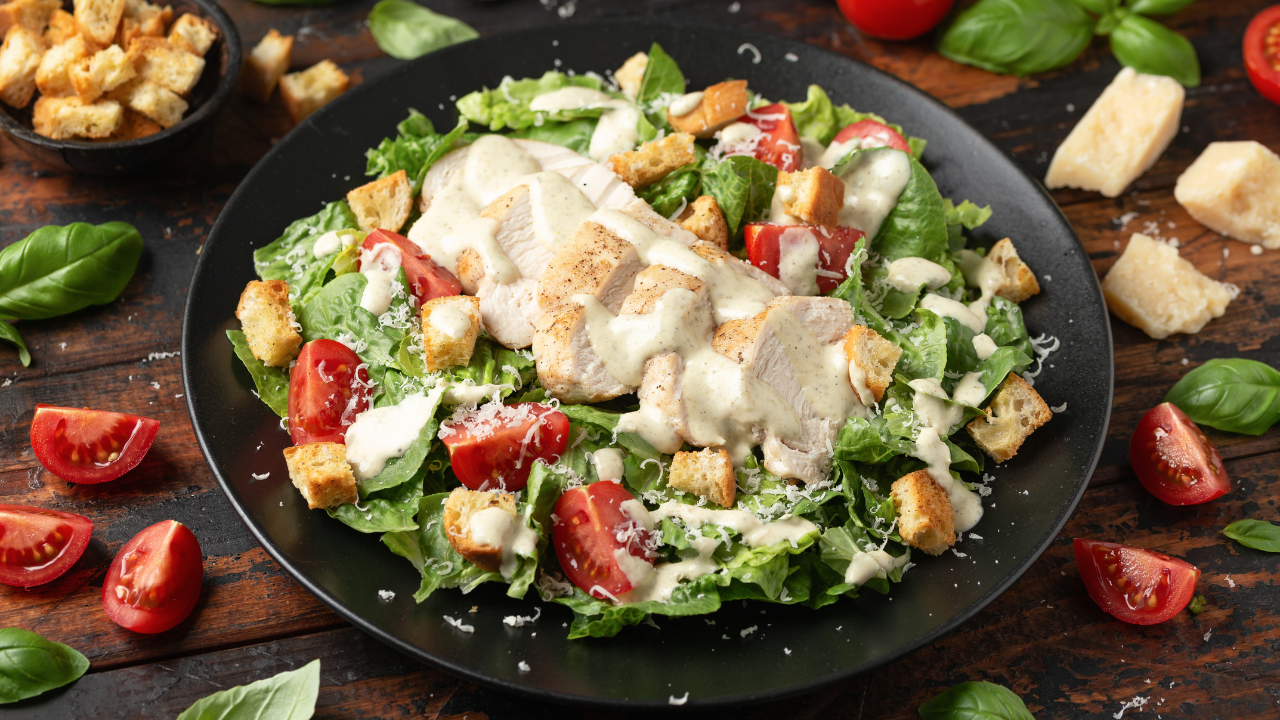Salads are often hailed as the ultimate healthy meal. But what if the dressing you drizzle over your greens is undoing all your hard work? Popular salad dressings, with their enticing flavors and convenience, can harbor hidden dangers that may compromise your health. From unhealthy fats and sugars to chemical additives, it’s time to shine a light on the darker side of these seemingly harmless condiments.
The Secret Ingredients in Store-Bought Salad Dressings
Many store-bought dressings are a cocktail of questionable ingredients that take a toll on your body over time. Here are some of the biggest offenders:
1. High-Fructose Corn Syrup (HFCS)
This common sweetener is often used to enhance flavor but comes at a cost. HFCS is linked to obesity, insulin resistance, and chronic inflammation, making your salad far less healthy than you’d imagine.
2. Unhealthy Fats
Many dressings are made with hydrogenated or partially hydrogenated oils, which are high in trans fats. These fats can raise your bad cholesterol (LDL), lower good cholesterol (HDL), and increase the risk of heart disease.
3. Excess Sodium
A single serving of some salad dressings can contain more than half your daily recommended sodium intake. This excess salt can lead to high blood pressure and water retention, diminishing the health benefits of your meal.
4. Artificial Additives
Preservatives, emulsifiers, and artificial flavors enhance the shelf life and texture of salad dressings. Unfortunately, these chemicals may disrupt gut health and contribute to long-term health issues.
5. Hidden Calories
Even a modest drizzle of creamy dressing can add hundreds of calories to your salad. These calories often come from unhealthy fats and sugars, negating your efforts to maintain a balanced diet.
Health Risks of Toxic Salad Toppings
The additives and unhealthy components in commercial salad dressings don’t just affect your waistline—they also have long-term consequences for your health.
- Metabolic Issues: The sugars and unhealthy fats in dressings can lead to insulin resistance and type 2 diabetes.
- Cardiovascular Concerns: High sodium and trans fats elevate your risk of hypertension and heart disease.
- Digestive Disruption: Additives and preservatives may irritate the gut lining and disrupt the microbiome.
- Hormonal Imbalances: Certain preservatives, like parabens, can mimic estrogen in the body, potentially leading to hormonal imbalances.
Safer, Healthier Alternatives
The good news is that you don’t have to give up delicious dressings to enjoy a healthy salad. With a few simple changes, you can create flavorful, nutritious toppings that enhance your meals without the hidden dangers.
1. Make Your Own Dressing
Homemade dressings give you complete control over ingredients. Try these simple recipes:
- Lemon Vinaigrette: Mix fresh lemon juice, olive oil, garlic, and a pinch of salt.
- Avocado Cream: Blend ripe avocado with Greek yogurt, lime juice, and cilantro for a creamy, nutrient-packed option.
- Tahini Dressing: Combine tahini, lemon juice, water, and a touch of maple syrup for a nutty, rich dressing.
2. Choose Healthier Oils
Opt for olive oil, avocado oil, or flaxseed oil instead of hydrogenated oils. These healthy fats are rich in omega-3s and antioxidants.
3. Read Labels Carefully
If you’re buying pre-made dressings, look for options with minimal ingredients. Avoid products with high-fructose corn syrup, artificial additives, or excessive sodium.
4. Incorporate Natural Sweeteners
Instead of sugar-laden dressings, use natural sweeteners like honey, maple syrup, or balsamic vinegar to balance flavors.
How to Elevate Your Salad Without Dressing
Another way to reduce reliance on dressings is to enhance the flavor of your salad through other means:
- Add Fresh Herbs: Basil, cilantro, parsley, or dill can bring vibrancy to your salad.
- Incorporate Citrus: Fresh orange or grapefruit segments add tangy sweetness.
- Experiment with Spices: Sprinkle smoked paprika, cumin, or a dash of chili flakes for bold flavors.
- Include Healthy Fats: Avocados, nuts, and seeds provide creaminess and crunch.
The Bottom Line
Salads can and should remain a cornerstone of a healthy diet—but only if the toppings and dressings don’t undermine their nutritional value. By being mindful of the hidden dangers lurking in popular salad dressings and making simple, conscious swaps, you can enjoy delicious, nourishing meals without compromise.
Take control of your health by choosing dressings that align with your wellness goals. Whether you whip up a zesty homemade vinaigrette or explore dressing-free flavor boosters, the power to transform your salads lies in your hands.
Enjoy your greens the healthy way! 🌿






